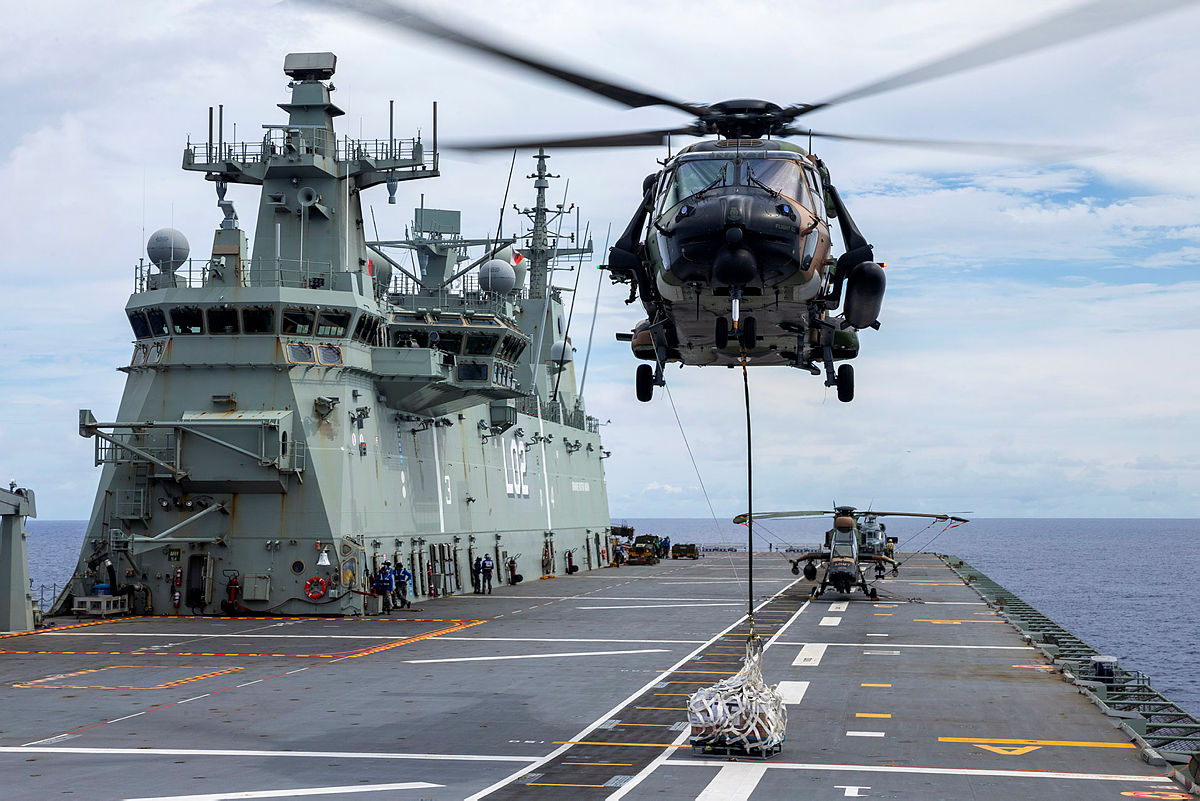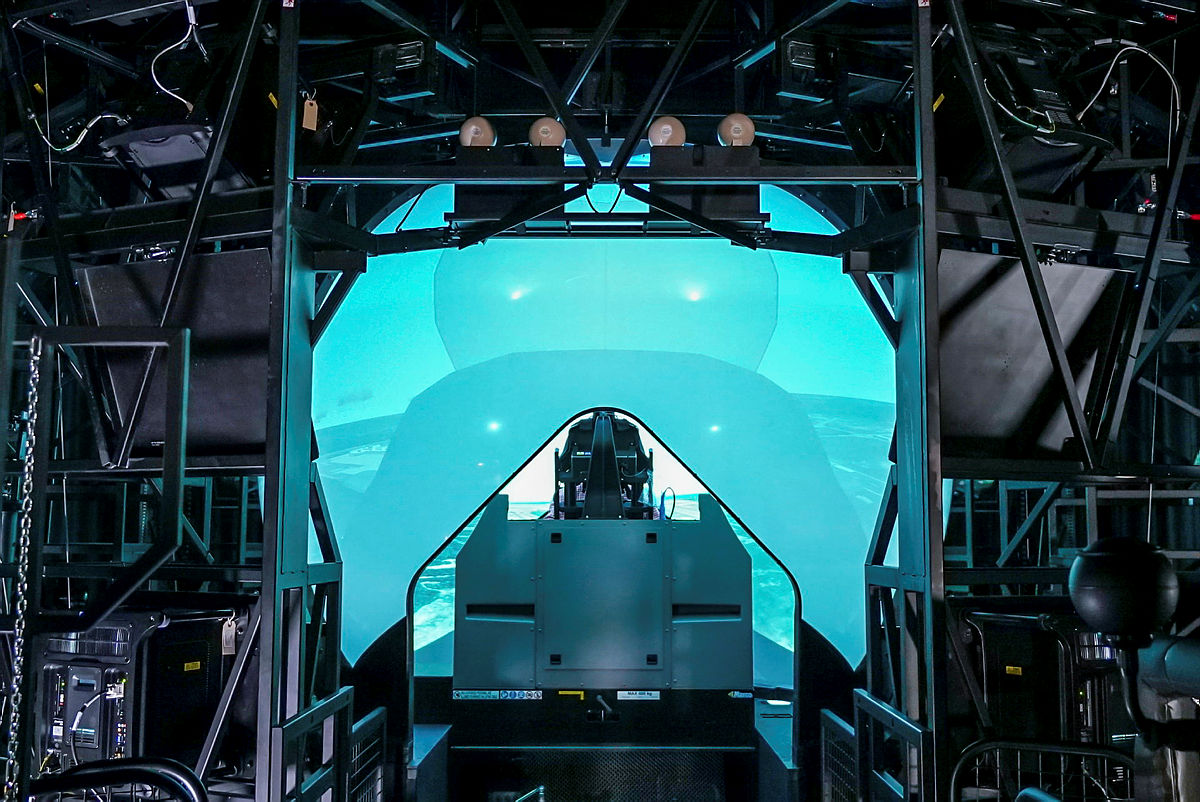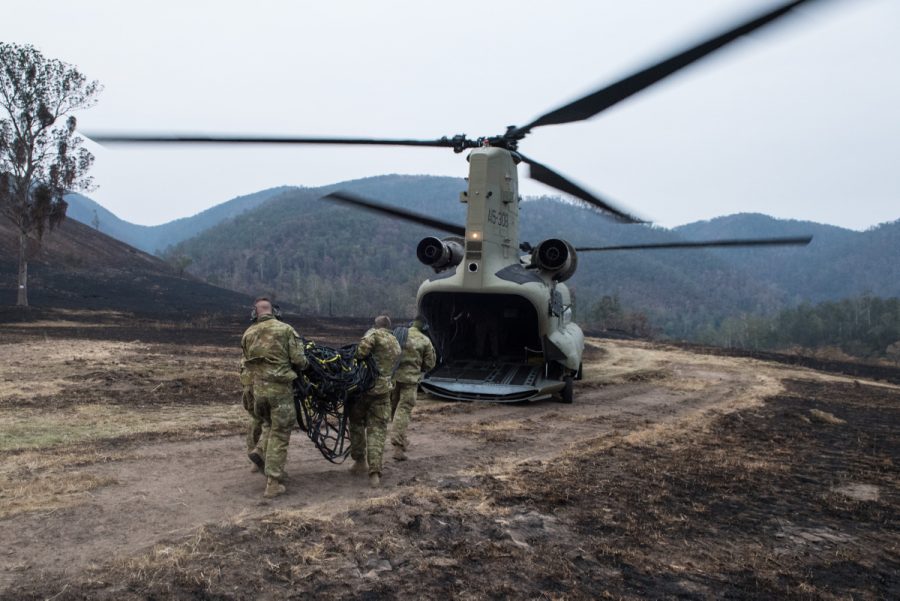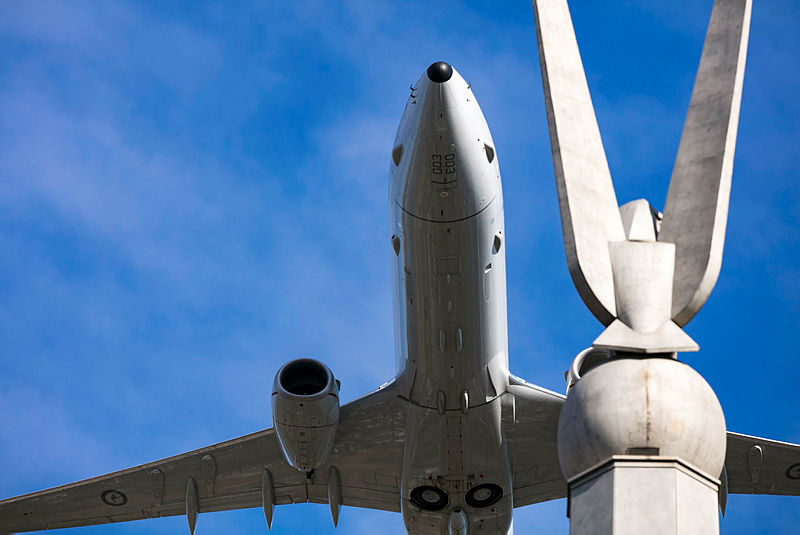Budget shows defence spending growth on track

In its 2020–21 defence budget, the government hasn’t moved away from its funding commitment in the three months since it released the 2020 defence strategic update. And why would it? If you’re looking like being $213.7 billion in the red for the coming year, stiffing the defence portfolio of a few billion isn’t going to get the budget back in the black.
Between the Department of Defence and the Australian Signals Directorate, defence funding for 2020–21 will be $42,746 million. At 2.19% of GDP, that comfortably meets the government’s commitment to grow the defence budget to 2% by 2020–21. With the hit to GDP caused by the Covid-19 pandemic, there was a possibility that the defence budget could have got to 2% already in 2019–20, but it fell just short, at 1.98%.
The defence budget has experienced a substantial increase since 2019–20 of more than $3.5 billion. That’s around 9% in nominal terms (and almost the same in real terms due to very low inflation). The nominal increases continue, with 6.7%, 8.3% and 6.2% planned for the forward years.
In fact, Defence gets a little more this year than was set out in the update. That’s because of the addition of $643 million for operations that wasn’t in the update’s funding model, including $80.7 million for the Covid-19 response. Over the next few years, however, Defence gets a little less than was provided in the update’s line. That’s because of reductions in funding to compensate for the strengthening of the Australian dollar’s buying power: the exchange rate giveth, the exchange rate taketh away.
In short, the government is delivering what it promised in the update—which is what it promised way back at the start of 2016 in the defence white paper. Considering the pain suffered by the economy and the government’s bottom line, it’s a remarkable commitment to Defence and Australia’s security.
Of course, spending that money will be challenging. One isn’t filled with optimism when Defence only managed to post its portfolio budget statements online more than 12 hours after the budget was meant to go live. Is that really what we should expect of a $1.8 billion ICT program?
The other risk is that, should the economic downturn persist, that generous funding line could be an appealing target for future governments looking to fund other priorities. In the budget papers, the government optimistically forecasts a rapid recovery, with 4.75% real GDP growth projected in 2021–22. Nevertheless, the defence budget will comfortably outstrip broader economic growth, reaching 2.38% of GDP by 2023–24. With federal debt heading towards a trillion dollars, Defence will be under great pressure to use it or lose it.
This year’s big defence news was announced in the strategic update, which ASPI examined in part 1 of this year’s The Cost of Defence, but there’s still a lot of useful information in the budget statements that we’ll unpack over the coming days as we prepare part 2. A few early observations stand out.
The government has been progressively announcing a range of Covid-19 stimulus measures in the defence portfolio. While they are no doubt appreciated by the recipients, such as local small and medium enterprises, they don’t appear to alter the shape of the portfolio’s budget. That’s because a lot of programs are underspending. The future frigate looks like it missed its 2019–20 target by around $250 million. With some programs underspending, it makes sense to move money to activities that can use it. It’s not charity; it’s simply good cash-flow management.
On shipbuilding, the ramp up in spending continues, from $1,366 million in 2019–20 to a target of $1,844 million target this year, even as the air warfare destroyer project winds down. That said, the two megaprojects, submarines and frigates, underspent against their 2019–20 targets, the frigate program in particular. No doubt the pandemic has played a role in this. Defence has strenuously denied claims the frigate program is facing delays, but if it’s not spending, it’s probably not doing the work needed to stay on schedule. It will be a big step up from last year’s $243 million to reach this year’s target of $587 million. As noted above, Defence has to show it can spend its funding. The government will want to see results for the $575 billion it is giving Defence over the decade.
The budget also contains some surprising revelations. The MRH-90 helicopters’ flying hours plummeted in 2019–20, from a planned 9,670 hours to a mere 5,168 hours—the worst result in six years, despite (or perhaps because of) their contribution to Operation Bushfire Assist. They’re probably costing well in excess of $30,000 per hour of flight time. The MRH-90 is Defence’s fourth most expensive capability and Australians should expect better value for money. If, as the government has stated, Defence will be required to increase its contributions to domestic disaster relief, it’s going to need a much more reliable and affordable helicopter.
The F-35A program continues to move a lot of cash—$1.8 billion last year and $2.4 billion planned for this one. So the aircraft are coming, but the program fell well short of its 2019–20 flying target, achieving only 3,096 hours of a planned 4,564 (around two-thirds). The fleet has to more than double its flying to get to this year’s target of 8,204 hours, and even that is still a long way from the 14,900 needed to achieve final operating capability. On the positive side, initial operating capability is still planned for the end of 2020 and the jet’s operating cost appears to have come down somewhat since last year to $32,545 per hour—an improvement, but still substantially more than the classic Hornet. The Super Hornet and Growler fleets are still perplexingly expensive to run.
Incidentally, the new ‘net cash’ presentation that Defence has adopted in this year’s budget statements is a good thing. Not only is it consistent with what other agencies do, but it allows for a clearer distinction between operating costs and capital investment. This now makes it possible to see the capital expenditure of each of Defence’s groups and services, which we’ll lay out in The Cost of Defence. The tables on page 21 that provide an easy-to-read view of the consolidated (Defence and ASD) budget and a breakdown of the big three categories of workforce, acquisition and operating costs are also a nice addition.









